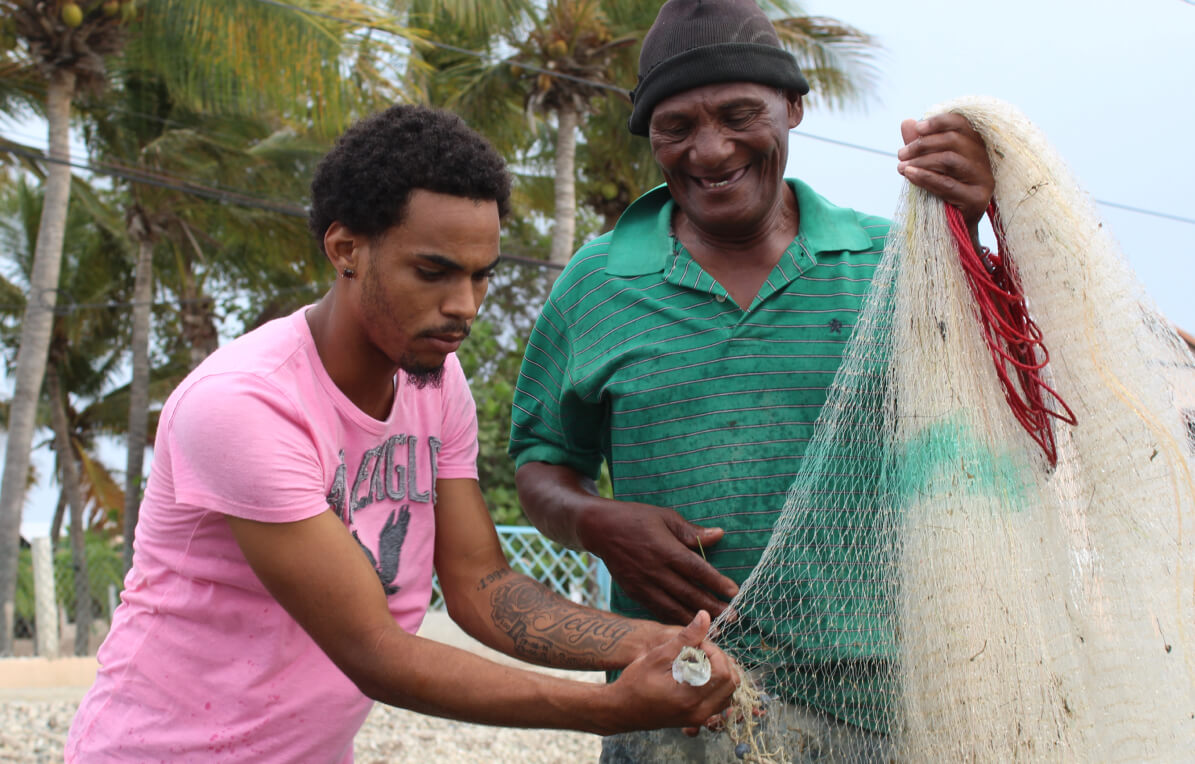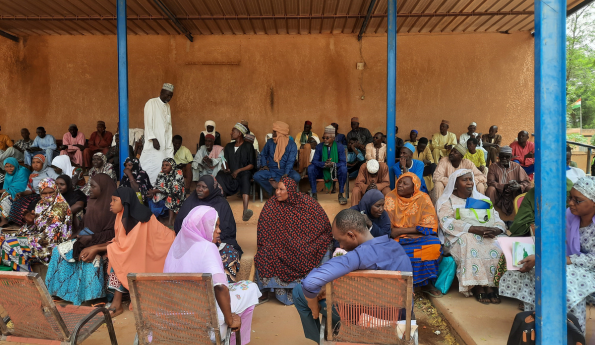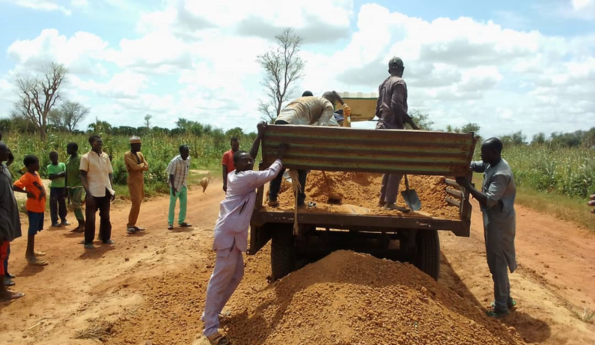Conflict often alters power dynamics, presenting development practitioners an opportunity to revisit assumptions about gender norms and reassess how to better integrate women more meaningfully in development activities. Amina Kaza, gender, social inclusion and youth advisor on Counterpart’s Resilient Governance in Niger project and our governance technical expert, Mehreen Farooq reflect on how the Gender Integration Toolkit helped assess challenges and opportunities to strengthen women’s agency in Niger.
When peacebuilding activities are gender inclusive, the outcomes are more durable — yet women’s meaningful inclusion remains a global challenge. Counterpart operates in fragile, conflict, and violence-affected environments. We developed a Gender Integration Toolkit to enhance the design, implementation, and adaptation of gender-aware and transformative activities in such settings. By enhancing gender inclusion, our goal is to increase the likelihood of sustainable, community-owned solutions.
In places where women have historically been excluded, our toolkit has helped program teams assess cultural norms that limit women’s agency and develop a plan to engage social influencers who can advocate for inclusion within a culturally relevant paradigm.
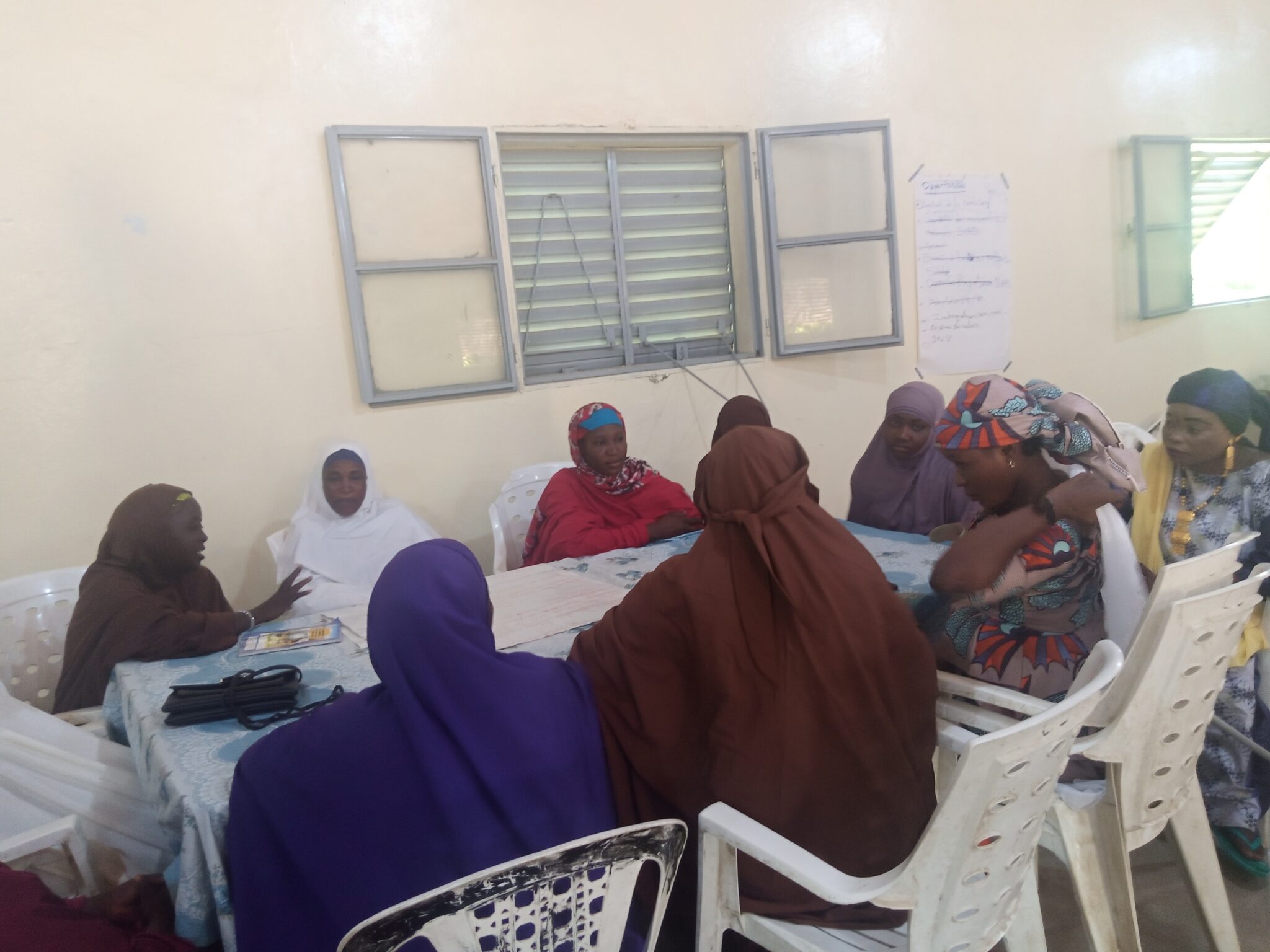
Women in the town of Magaria, Niger discuss the sociocultural causes of women’s historical exclusion in local decision-making.
In Niger, where violent extremists threaten to erode the stability and trust in public institutions, Counterpart implements the USAID-funded Resilient Governance in Niger activity, which fosters inclusive community engagement in governance strengthening mechanisms. We used our Gender Integration Toolkit to test several assumptions of what was limiting women’s civic participation.
We found that access to education is one of the major roadblocks that women face. Throughout Niger, gender gaps in literacy mean that women are limited from actively engaging in key decisions on issues like health, nutrition, or education. Early marriage, coupled with high fertility rates (6.9, the highest in the world) further preclude their active engagement in civic activities. Cultural norms regarding how women engage in public spaces often limit their confidence to speak publicly, particularly in governance or security issues, where women have been underrepresented or marginalized.
The toolkit’s participatory approach of engaging key stakeholders in a facilitated dialogue to share their lived experiences allowed the project team to examine the why women are marginalized using a localized framework.
One of the most powerful outcomes was when gatekeepers such as elected officials or traditional community elders confronted their biases. The toolkit then guided the team on how to mitigate gender gaps.
Another important feature of the Gender Integration Toolkit is how it breaks down political economic analysis into simple concepts. Through facilitated dialogue, participants explore who wields social, political, and economic influence in a community — along with understanding how factors like financial assets, political authority, and cultural influence construct their power and influence.
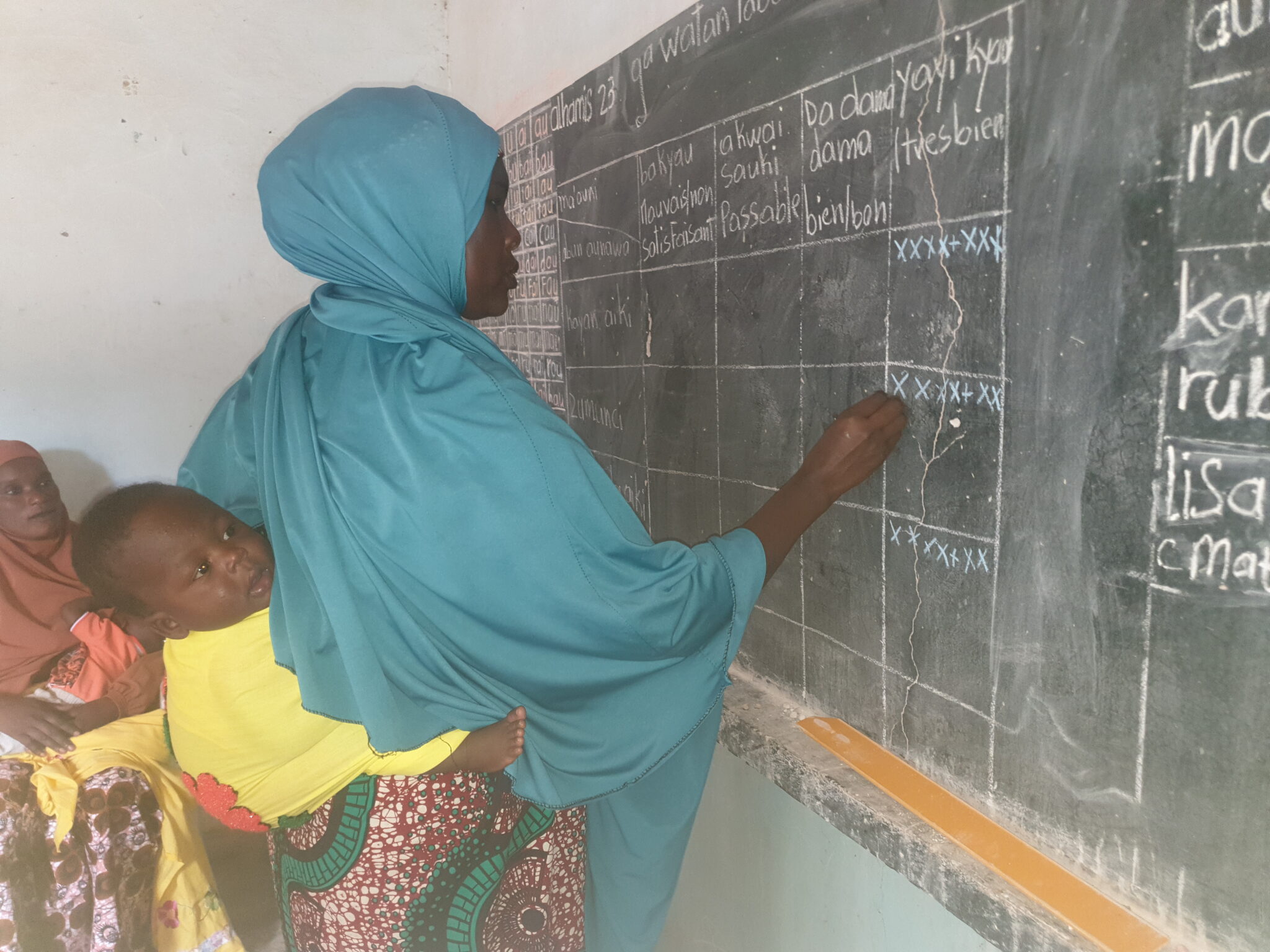
A woman performs a literacy evaluation in Niger.
The toolkit includes an action planning exercise to guide program teams to adapt activities to address gender gaps. The team conducted a mapping exercise to identify jaroumey, champions who can be engaged to support the involvement of women at all levels of decision-making. The jaroumey were provided with additional gender and social inclusion training. By applying constructive male engagement strategies, the team secured local ownership and commitment to improving gender integration.
For example, the team explored with culturally relevant stakeholders, such as religious figures, how to get more people to agree on gender equality as culturally legitimate concept in which all genders are respected and allowed an opportunity to exert leadership.
As a result of this consultative process, the project established a minimum quota for engaging women in leadership positions in the community mobilization structures. It trained women in leadership skills.
Women leaders reported feeling more confident in speaking publicly and advocating for gendered approaches to governance strengthening.
As one graduate, Batouala Inoussa, put it, “When you arrive at a closed door, you have to open it for yourself!”
About the toolkit: The Gender Integration Toolkit was developed in 2022 and includes a participatory rapid gender analysis and integration planning exercise.
The toolkit allows for an analytical process to identify, understand, and describe gender differences and the relevance of gender norms and power relations in a specific context. It explores the different roles, rights, resources, and opportunities that different genders have, and why disparities exist. By understanding how these disparities affect program activity implementation, the analysis helps improve program results. It also helps staff to understand the projects’ contributions to promoting gender equality.
Our approach builds from USAID’s operational policy guidance ADS 205, “Integrating Gender Equality and Female Empowerment in USAID’s Program Cycle” and guides program teams to think through key gender differences, based on their direct observations, and how those may impact our activity design.


